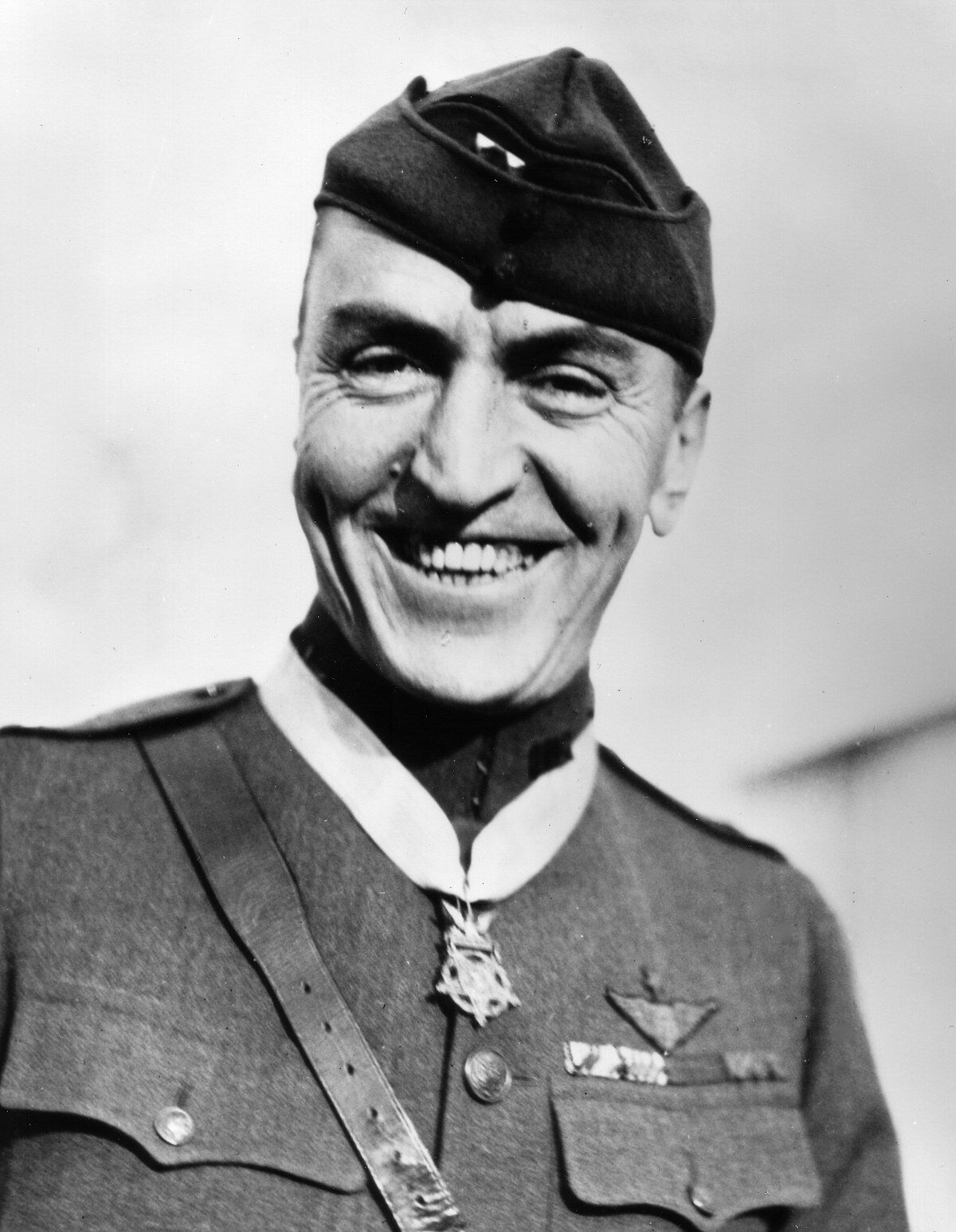Loading...
Eddie Rickenbacker shouldn’t have survived—his childhood, his auto racing career, the first World War as he became America’s greatest ace, the many plane crashes that had taken others’ lives but yet, not his. A Medal of Honor recipient, he became a genuine icon and hero to the American people, providing a reason to celebrate during the Depression and inspiring them to face life’s daily challenges. But then, in his 50s in 1942, Rickenbacker faced his worst odds yet: a B-17 bomber forced to ditch in the middle of the Pacific Ocean, with only inflatable rafts to survive the searing days and freezing nights—and no way to contact anyone. To tell Eddie’s story is today’s guest, John Wukovits, author of “Lost at Sea: Eddie Rickenbacker’s Twenty-Four Days Adrift on the Pacific.” We look at his fight for survival with seven other men adrift on the Pacific. We also look at how many times Eddie Rickenbacker actually defied death—including one airline crash when a dislodged eyeball dangled on his cheek, and yet he tried to help the other
people escape while he remained pinned inside the plane.
people escape while he remained pinned inside the plane.
Cite This Article
"How a Flying Ace Survived 24 Days Lost at Sea on the Pacific" History on the Net© 2000-2024, Salem Media.
April 22, 2024 <https://www.historyonthenet.com/how-a-flying-ace-survived-24-days-lost-at-sea-on-the-pacific>
More Citation Information.

